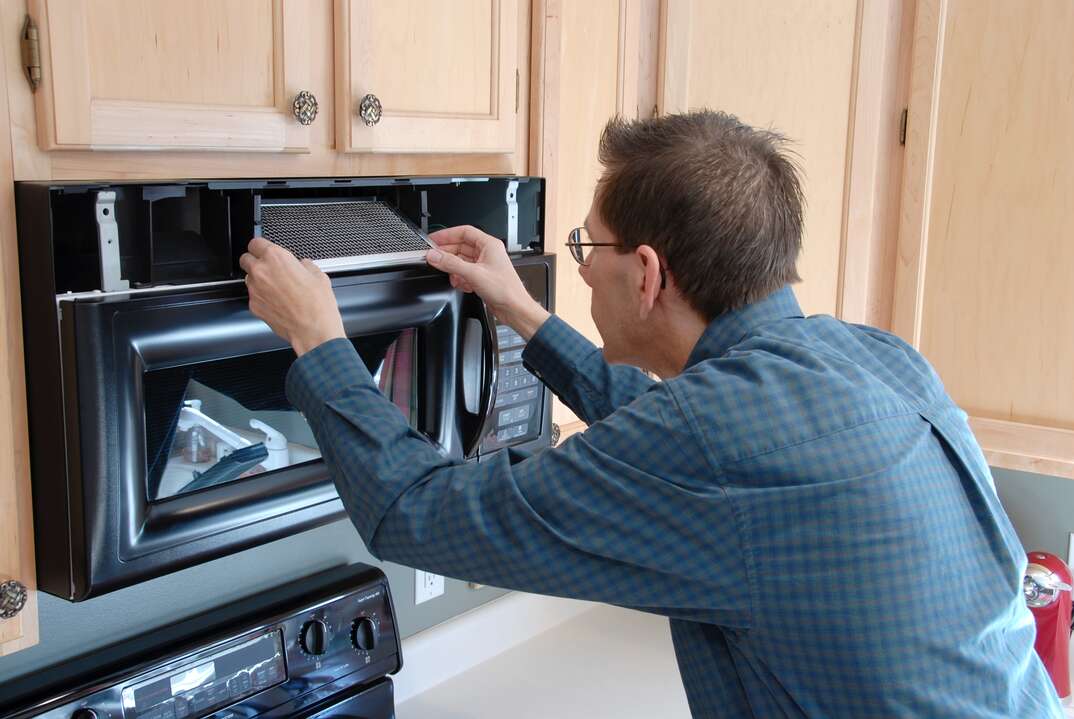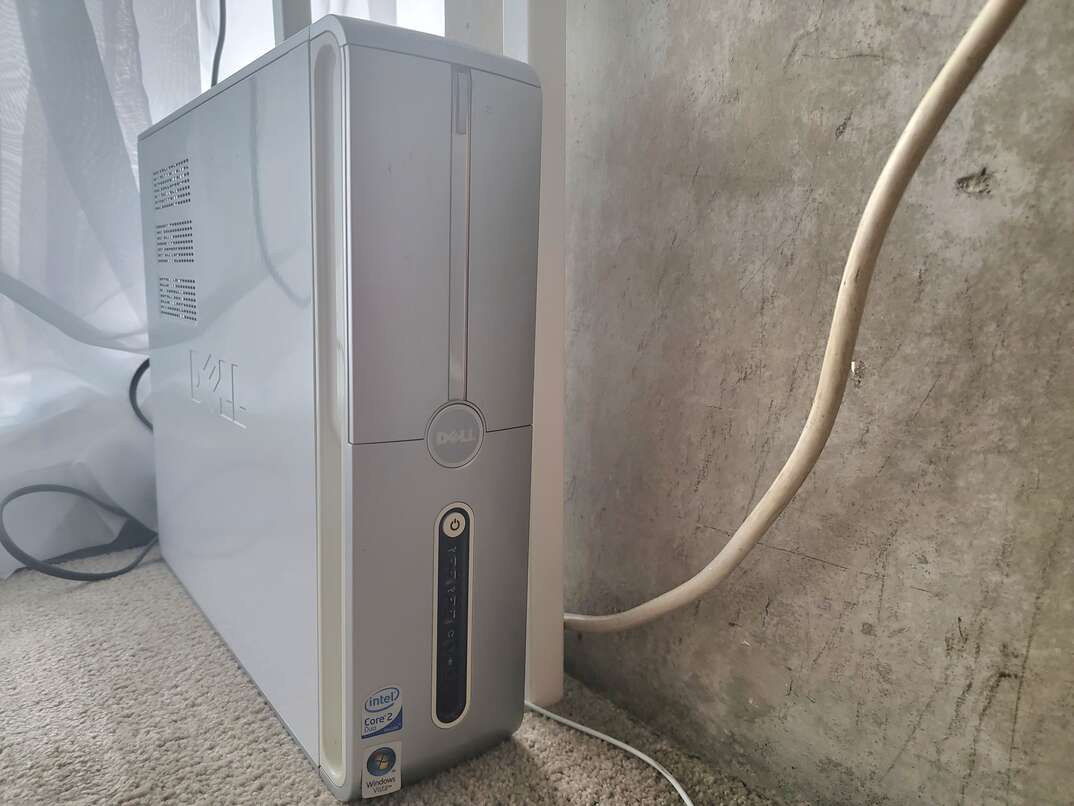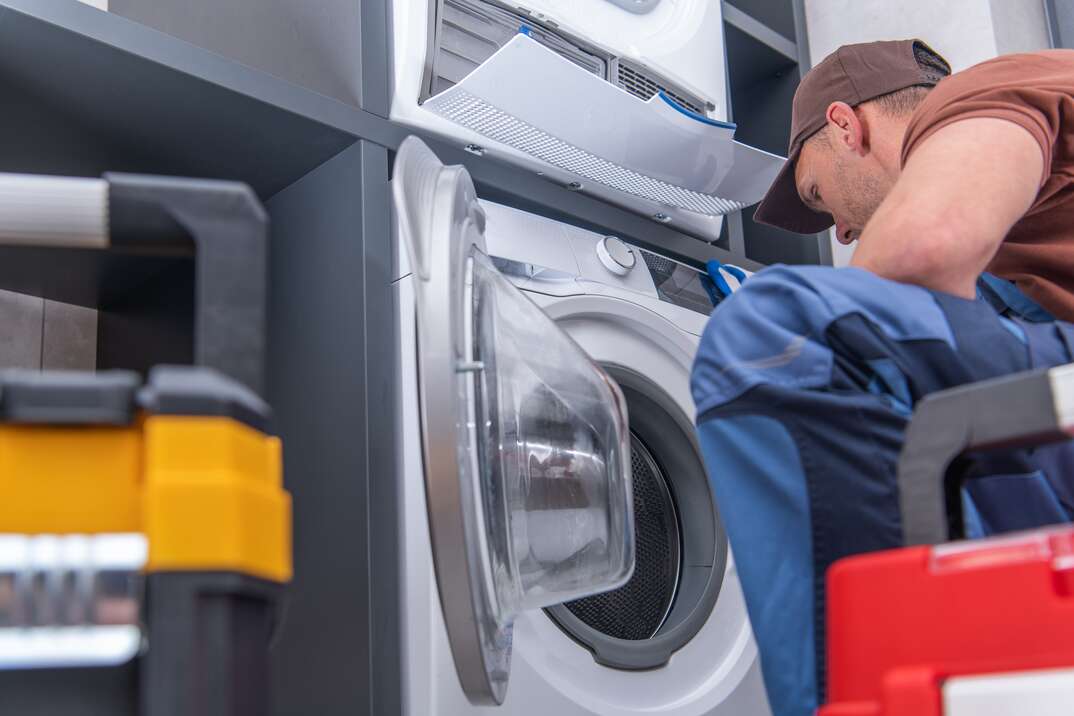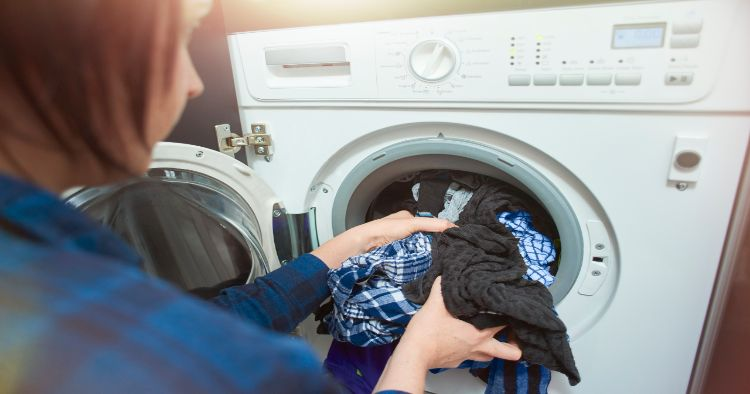All of These Appliances Have Filters. Here's How to Clean or Change Them

We all know that we need to clean or replace our air conditioning and furnace filters every few months, but did you know that there are several important appliances throughout your home that also contain filters? In fact, these filters are so integral to the performance of these appliances that a dirty filter can cause some serious problems.
This May Also Interest: When’s the Last Time You Replaced Your Appliances’ Hoses? Here’s How to Change All of Them
But when and how do you clean these various filters found throughout your home? Lucky for you, we’ve compiled a list of six common household appliances and how to clean or replace their filters. Read on to get started.
Refrigerator
Today, nearly half of all refrigerators have a built-in water and ice dispenser. In terms of convenience alone, a water dispenser in a refrigerator ensures you’ll have easy access to clean, filtered water whenever you need it — that is, if you take the time to perform regular filter maintenance. In fact, without regular maintenance, you’re sacrificing the overall quality and performance of your water dispenser.
Most water filters in refrigerators require you to replace them after a certain period of time. In most cases, this is usually about twice per year, but follow the manufacturer's instructions to be sure.
If you're not sure when the last time your filter was changed, there are some tell-tale signs it might need replacing. For example, if your water or ice begins to smell “off,” or if the water dispenser begins to act sluggish and takes longer to fill up a glass, then you might need to go ahead and replace your filter.
Dishwasher
You may not realize it, but all dishwashers are equipped with special filters that trap and prevent food particles and other debris from being redeposited on the dishes during the cleaning cycle. There are two main types of dishwasher filters: automatic and manual. Generally speaking, newer models are equipped with manual filters, and older models use automatic, self-cleaning filters primarily because automatic filters often contain loud, disposal-like grinders, and newer models tend to be quieter.
To determine the type of filter you have, consult your manufacturer’s guidelines. If you still aren’t sure, look toward the bottom of the dishwasher. If you see a removable cylindrical piece, you’ve got a manual filter. Manual filters are much quieter than automatic filters, but the downside is that they require cleaning at least once per month. If you’re operating your dishwasher with a dirty filter, it can impact the machine’s performance. Luckily, a manual filter is easy to remove and clean.
To clean a manual dishwasher filter, you’ll need some dish soap and a sponge or a soft scrubbing brush of some kind. Start by removing the filter on the bottom of the unit. They typically twist-lock into place; there’s generally an arrow that indicates what direction to twist the filter. Once unlocked, pull up to remove the filter. Then, wash the filter with warm, running water and dish soap. If there are any pieces of food or debris that you see, scrub them away with the sponge or brush. When the filter is clean, twist and lock it back into place at the bottom of the dishwasher.
Remember: As simple as this is, it’s important to make sure you clean your filters once every month or so. Failure to keep a clean filter will not only result in reduced performance, but it could also lead to a clog which could cause damage to your unit.
Range Hood or Over-the-Range Microwave
Here’s a question for you: When was the last time you took a look under your range hood? If your answer is never, you’re not alone. With the near-constant chores of kitchen cleaning and appliance maintenance, cleaning a range hood or over-the-range microwave filter may fall by the wayside. Out of sight, out of mind, right? Well, cleaning a range hood or microwave filter is actually a pretty simple task, and one that you should do every month or so to keep them working effectively.
First, remove the filter from the hood or bottom of the microwave. Most should just slide or pop out from underneath the unit. Then, fill a sink with hot water — the hotter the water, the better. Then, add dish soap and 1/4 cup of baking soda to the hot water. Add the filters to the water and let them soak completely submerged for roughly 10 minutes. Once they’ve soaked, take a sponge or a brush and scrub the filters until all grease has been removed from the filter. After the filters have been cleaned and dried, replace them back under the range hood or microwave.
Keeping your grease filters clean on your range hood or over-the-range microwave is a great way to keep your kitchen ventilated and safe all year long.
More Related Articles:
- Here’s Everything You Need to Know About Appliance Hoses
- Does My HVAC Filter Protect Against COVID-19?
- How do Clean Your Icemaker and Change the Filter
- How Often Should You Change Your Furnace Filter?
- Replacing Your HVAC Air Filter Is a Breeze! Follow These 7 Steps
Vacuum Cleaner
Even top-of-the-line vacuum filters will eventually get clogged with dust and debris. A clogged filter might eventually cause the vacuum not to have any suction at all. And even if it's not completely clogged, a dirty filter will keep your vacuum from operating properly.
How often you need to clean or replace the filter varies model to model. To figure out your particular filter’s recommendation, double-check your vacuum manufacturer’s guidelines. Some recommend cleaning after every few uses. Others require cleaning roughly once a year.
If you can’t locate your manual, that’s OK. Just try to clean or replace your filters every three to six months. Keep in mind, though, that depending on what kind of vacuum you have, there might be multiple filters located throughout the suction system.
If you have a washable filter, you’ll want to make sure you are cleaning and washing the filter properly. Filter cleaning can vary from vacuum to vacuum, but, typically, cleaning a filter involves rinsing the filter with running water to remove all collected dirt and debris. Run the water over the filter until the water moving through it looks clear. Be sure to let the filter dry completely (typically 24 hours) before putting it back in your vacuum. If you can, let the filter air-dry in the sun to harness the magic of anti-bacterial UV light for extra cleanliness.
Dehumidifier
For those of us who live in areas with high humidity with heavy rainfall, using a dehumidifier makes a lot of sense. Dehumidifiers help keep indoor air moisture low, reducing the risk of mold, mildew, and bacteria growth. Like any appliance with a filter, it’s imperative that you clean it once every two or three weeks to make sure that the unit runs properly when you need it to perform.
Before removing your air filter, start by unplugging your unit. Then, slide out your air filter. While all models are different, dehumidifier filters are generally found at the back of the unit. In most cases, there is a panel on the back that is pulled out to remove the filter. If the filter frame is dirty, you should dust it and remove any other large clumps or debris collected on it.
To clean the filter, just wash it under warm running water. If there are any stubborn bits of dust or dirt that aren’t coming off, try using a damp cloth to wipe them away. Once you’re done cleaning the filter, let it dry completely before returning it back into the unit.
Air Purifier
Air purifiers are the quiet workhorses in your home. You may not hear them or see them working, but they are putting in the time to make sure that you and your family have safe indoor air. But in order to work properly, they need to have clean filters.
Most manufacturers say you should change your air purifier filter every three to six months. However, if you have any air sensitivities or are an allergy or asthma sufferer, you should try and replace the filter once a month. Of course, this all depends on the type of purifier you have and what kind of filter it uses. Before changing filters, make sure you consult the manufacturer’s instructions before purchasing a replacement. Filters are designed specifically to correspond to specific purifiers, so make sure you buy the correct one. Replacement usually involves little more than opening the purifier, pulling out the old filter and inserting the new one.


